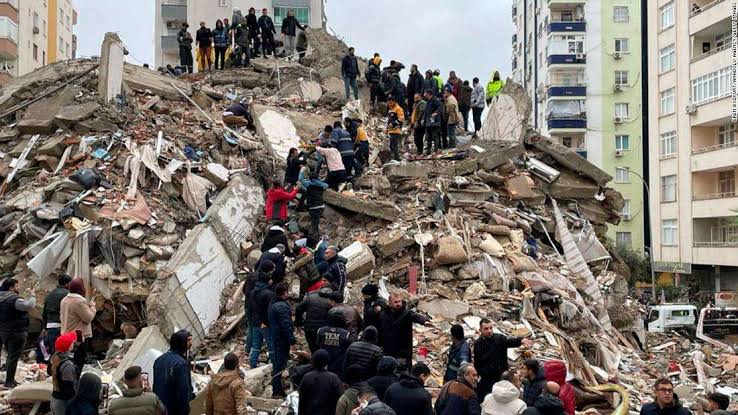On a chilly afternoon in late September, a devastating earthquake struck New York City, sending shockwaves through one of the world’s most densely populated urban areas. Measuring 7.2 on the Richter scale, the tremor unleashed chaos, shattering glass, collapsing buildings, and disrupting the city’s vital infrastructure.
The quake hit around 3:00 PM, when the streets were bustling with commuters, tourists, and residents. Initial reports indicated severe damage in Manhattan, particularly in Lower Manhattan and the Financial District. Iconic skyscrapers swayed perilously, with debris raining down onto the streets below. Emergency sirens wailed as people scrambled for safety, their faces etched with panic and disbelief.
In the aftermath, first responders rushed to the scene, navigating the labyrinth of fallen bricks and tangled metal. Hospitals quickly filled with injured individuals, suffering from everything from minor injuries to life-threatening conditions. The local government declared a state of emergency, mobilizing resources to assist those in need.
The earthquake’s impact rippled beyond physical destruction. Power outages blanketed entire neighborhoods, cutting off communication and leaving thousands in darkness. The once vibrant city fell eerily silent, broken only by the sounds of sirens and the distant echo of rescue efforts.
As the days passed, the full extent of the damage became apparent. Historical landmarks were compromised, and entire blocks lay in ruins. The emotional toll weighed heavily on residents, who grappled with loss and uncertainty. Community centers transformed into shelters, providing solace and support as people sought to rebuild their lives.
In this time of crisis, stories of heroism emerged, showcasing the resilience of New Yorkers. Neighbors helped neighbors,
demonstrating that even amidst devastation, the spirit of community remained unbroken, offering hope for recovery in the face of overwhelming adversity.


